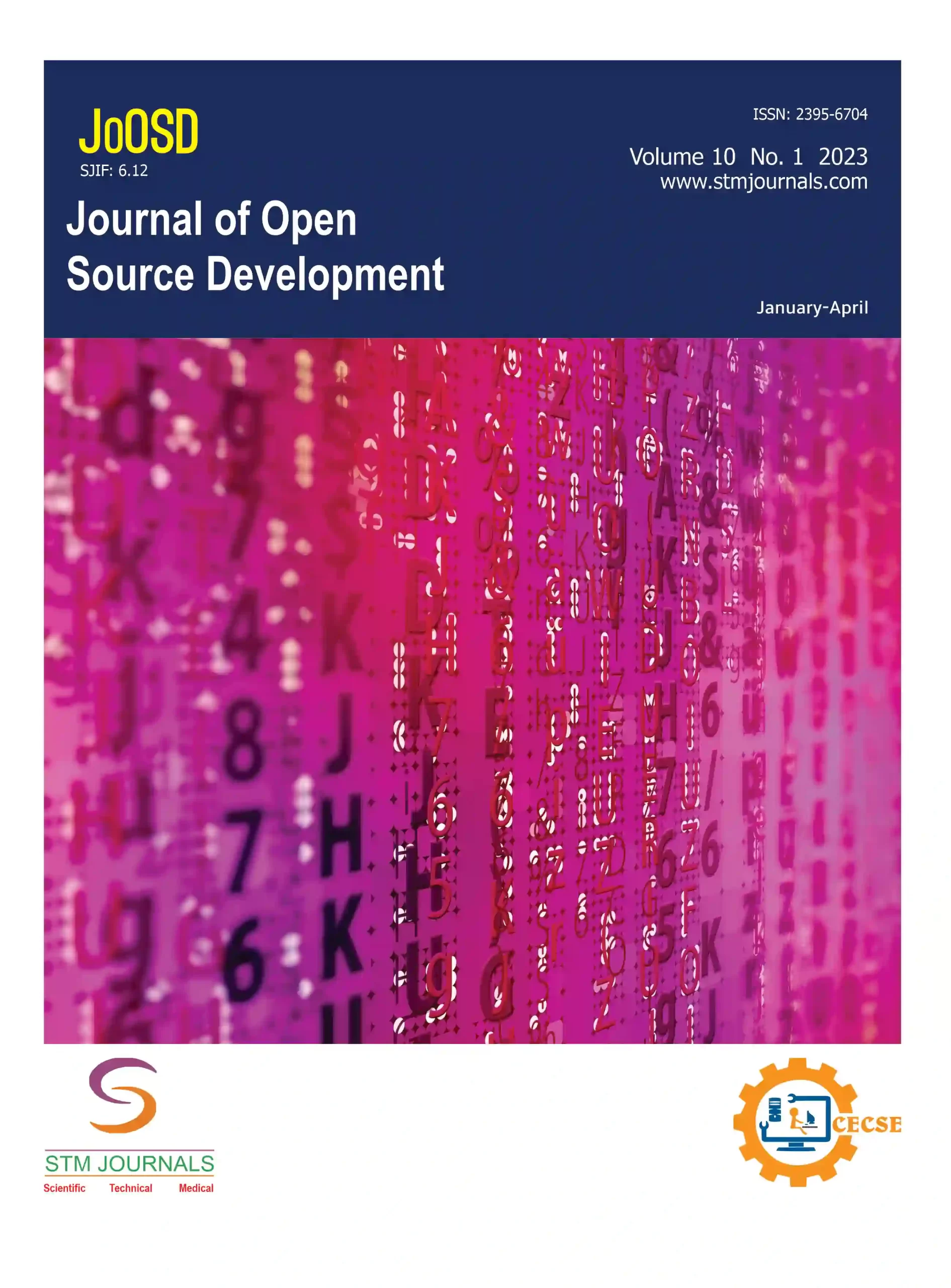
Aashish Raghav,

Amartya Nigam,

Aman Verma,

Anjali Jain,
- Student Department of Information Technology, KIET Group of Institutions, Ghaziabad Uttar Pradesh India
- Student Department of Information Technology, KIET Group of Institutions, Ghaziabad Uttar Pradesh India
- Student Department of Information Technology, KIET Group of Institutions, Ghaziabad Uttar Pradesh India
- Assistant Professor Department of Information Technology, KIET Group of Institutions, Ghaziabad Uttar Pradesh India
Abstract
The document aims to address the prevalent issue of individuals, particularly women, facing various unwanted problems and the reluctance to seek help from strangers or emergency helplines. The team’s proposed solution involves the creation of a platform that enables individuals to seek help without hesitation and receive assistance from nearby volunteers, thereby fostering a sense of community and support. The project’s problem statement emphasizes the serious challenges faced by women, including harassment, teasing, and safety concerns, and highlights the need for a reliable platform to seek help in such situations. The team’s motto revolves around creating awareness and promoting mutual assistance among people. The proposed solution is designed to be fast and effective, with the introduction of a concept where individuals can act as both volunteers and help-seekers, thereby fostering a culture of reciprocity and support. The team’s solution involves the development of an Android application that leverages the Google Maps API to track the location of individuals. The application incorporates Aadhar verification to ensure the registration of genuine users, a progress bar to track ”HERO Points” earned by helping others, and future features such as voice control and subscription-based revenue generation. The technical feasibility of the application is emphasized, along with its potential societal impact, including increased trust, enhanced safety for women, and the potential to challenge negative social norms. The team envisions the application as a means to revive faith, humanity, and respect among people, with the ultimate goal of creating awareness and happiness on a global scale. The document also includes a detailed flowchart depicting the user journey within the application, encompassing the splash screen, login and registration processes, OTP verification, maps and navigation features, leaderboard, profile management, emergency contacts, and rewards. In summary, the project aims to address the societal issue of individuals hesitating to seek help and aims to create a supportive community where individuals can assist each other without hesitation, thereby fostering a sense of pride and positivity.
Keywords: harassment, teasing, safety concerns, Open Innovation, OTP verification, emergency contacts, safety and security,
[This article belongs to Journal of Open Source Developments(joosd)]
References
- Islam R, Islam R, Mazumder T. Mobile application and its global impact. International Journal of Engineering & Technology. 2010 Dec;10(6):72-78.
- Lacinák M, Ristvej J. Smart city, safety and security. Procedia engineering. 2017 Jan 1;192:522-527.
- Sangeetha S, Radhika P. Application for women safety. IOSR Journal of Computer Engineering (IOSR-JCE). 2015 May;17(3):01-4.
- Berkseth L, Meany K, Zisa M. Rape and sexual assault. Georgetown Journal of Gender and the Law. 2017 Jun 22;18(3):743-814.
- Sharma V. Aadhaar-a unique identification number: Opportunities and challenges ahead. Research Cell: An International Journal of Engineering Science. 2011 Apr;4(2):169-76.
- Bhalerao A, Bhilare S, Bondade A, Shingade M. Smart Voice Assistant: a universal voice control solution for non-visual access to the Android operating system. Int. Res. J. Eng. Technol. 2017 Jan 4;4(2).
- Ibrahim OA, Mohsen KJ. Design and implementation an online location based services using Google maps for android mobile. International Journal of Computer Networks and Communications Security (CNCS). 2014 Mar;2(3):113-118.
- Lindström CW, Maleki Vishkaei B, De Giovanni P. Subscription-based business models in the context of tech firms: theory and applications. International Journal of Industrial Engineering and Operations Management. 2023 Aug 30.
- Mohamed-Padayachee K. A total rewards framework for the attraction and retention of the youth (Doctoral dissertation, Doctoral dissertation, University of South Africa]. 2017. https://core.ac.uk/download/pdf/154915103.pdf
- Oduwole OE, Asaolu OS, Osigbemeh MS. Shortest Route: A Mobile Application for Route Optimization using Digital Map. Arid Zone Journal of Engineering, Technology and Environment. 2019;15(4):1038-1048.

Journal of Open Source Developments
| Volume | 11 |
| Issue | 02 |
| Received | April 16, 2024 |
| Accepted | May 16, 2024 |
| Published | May 20, 2024 |

